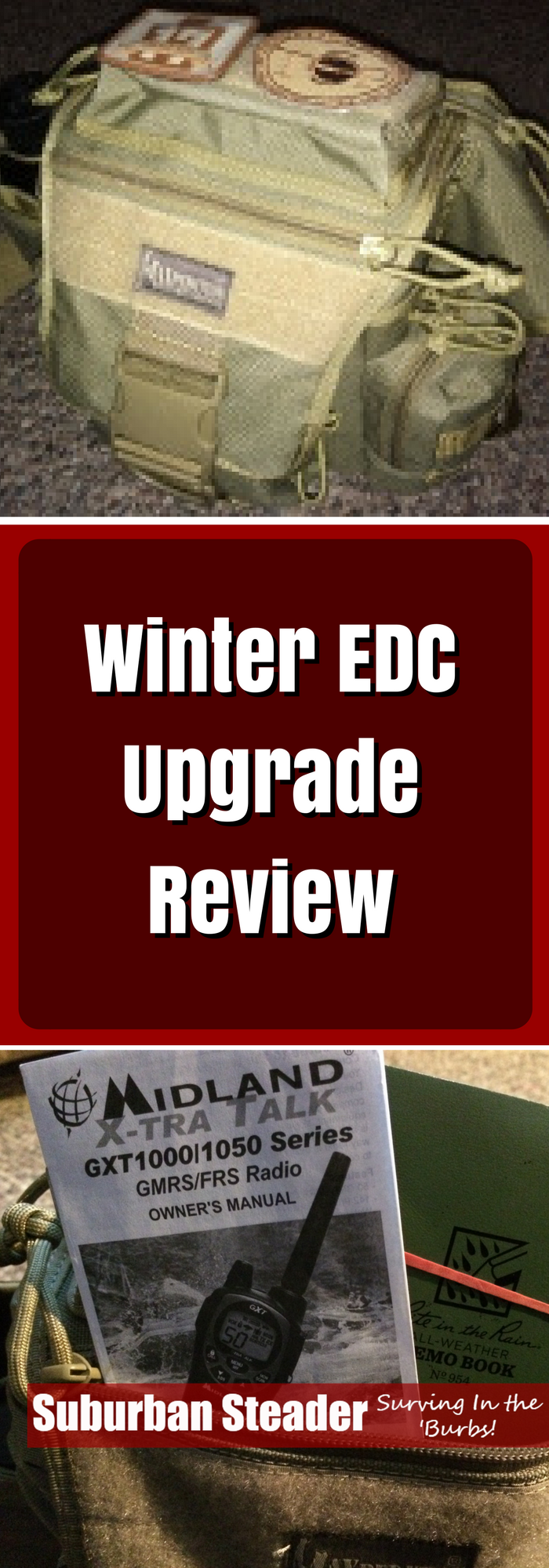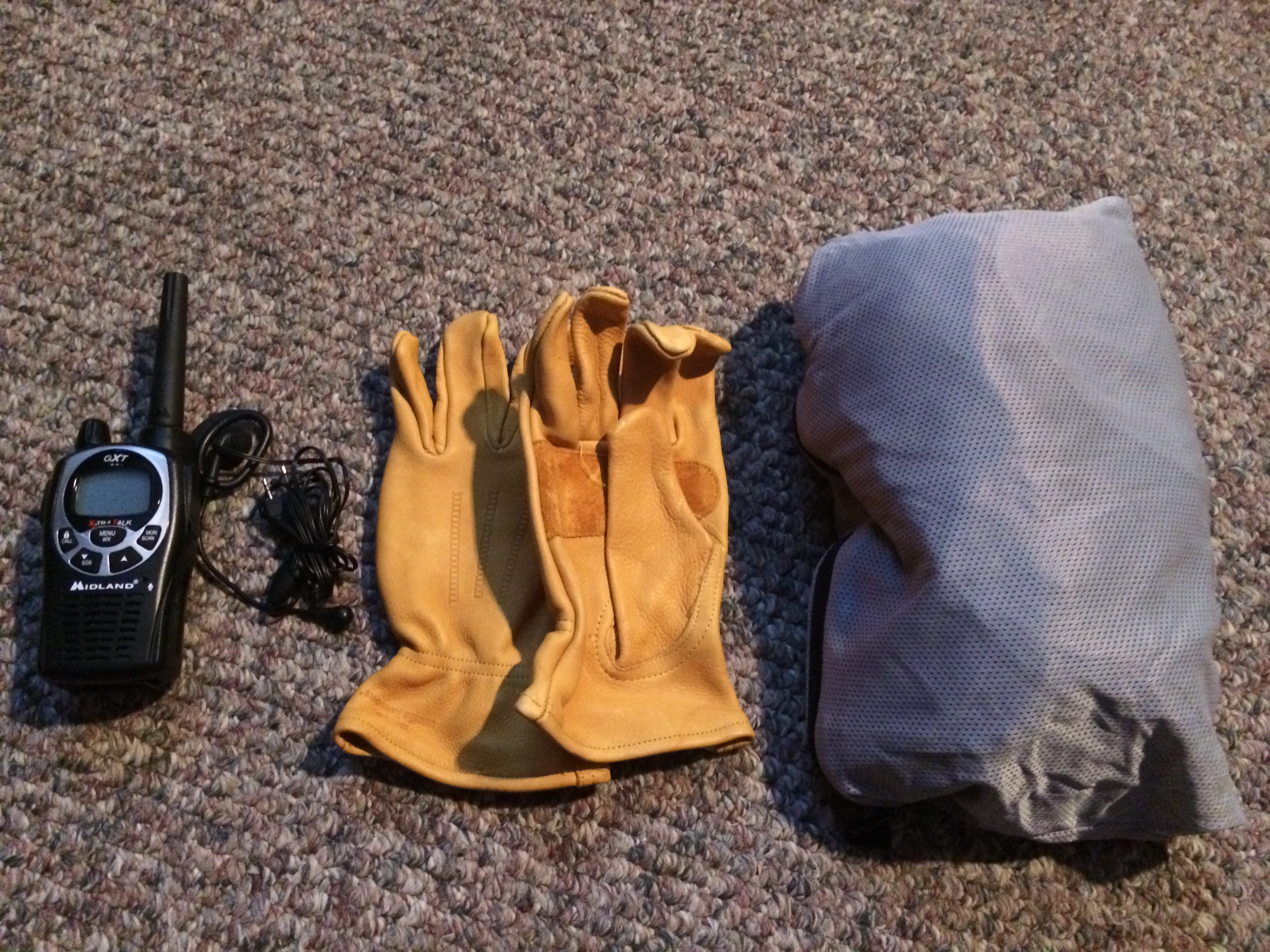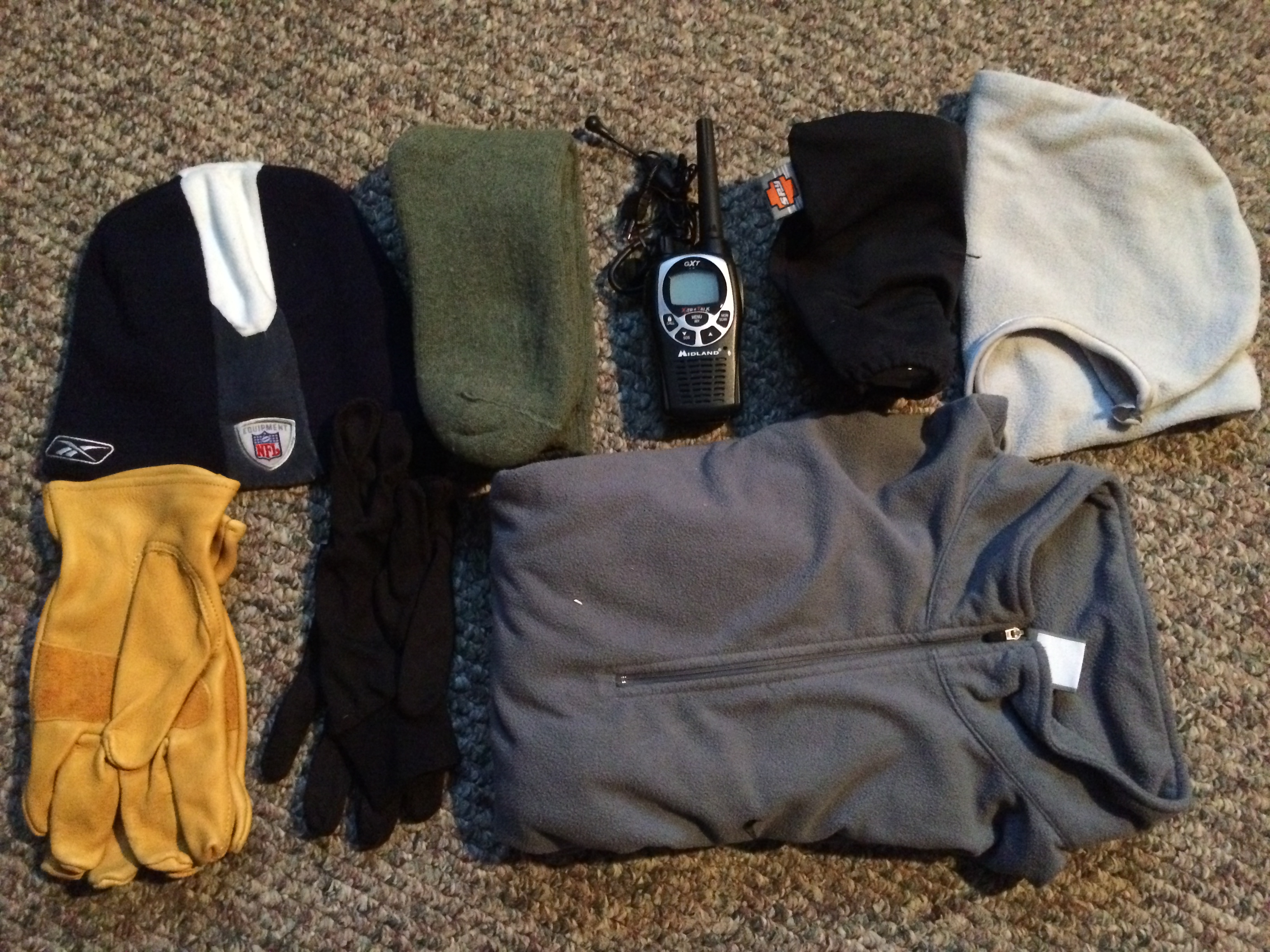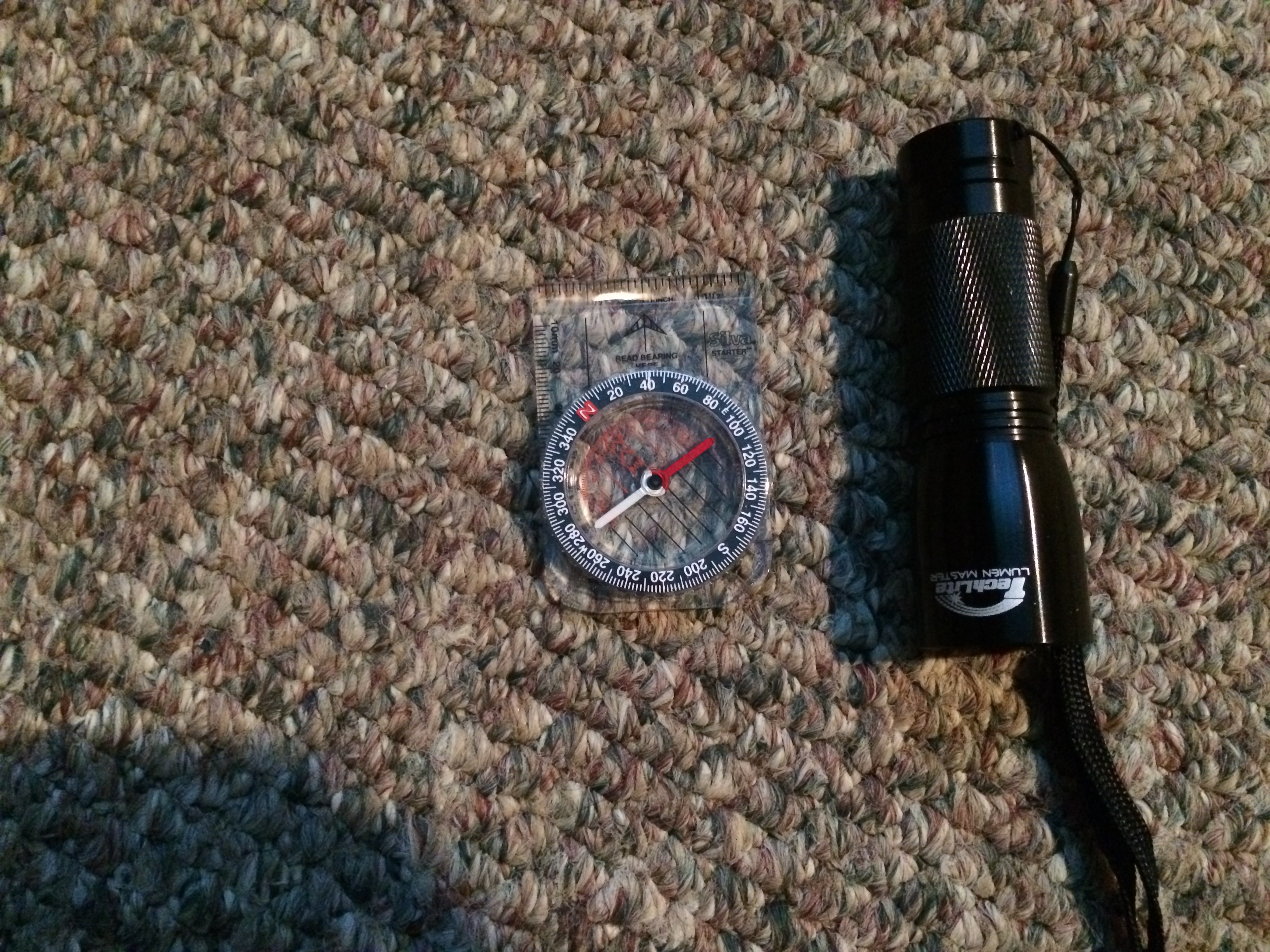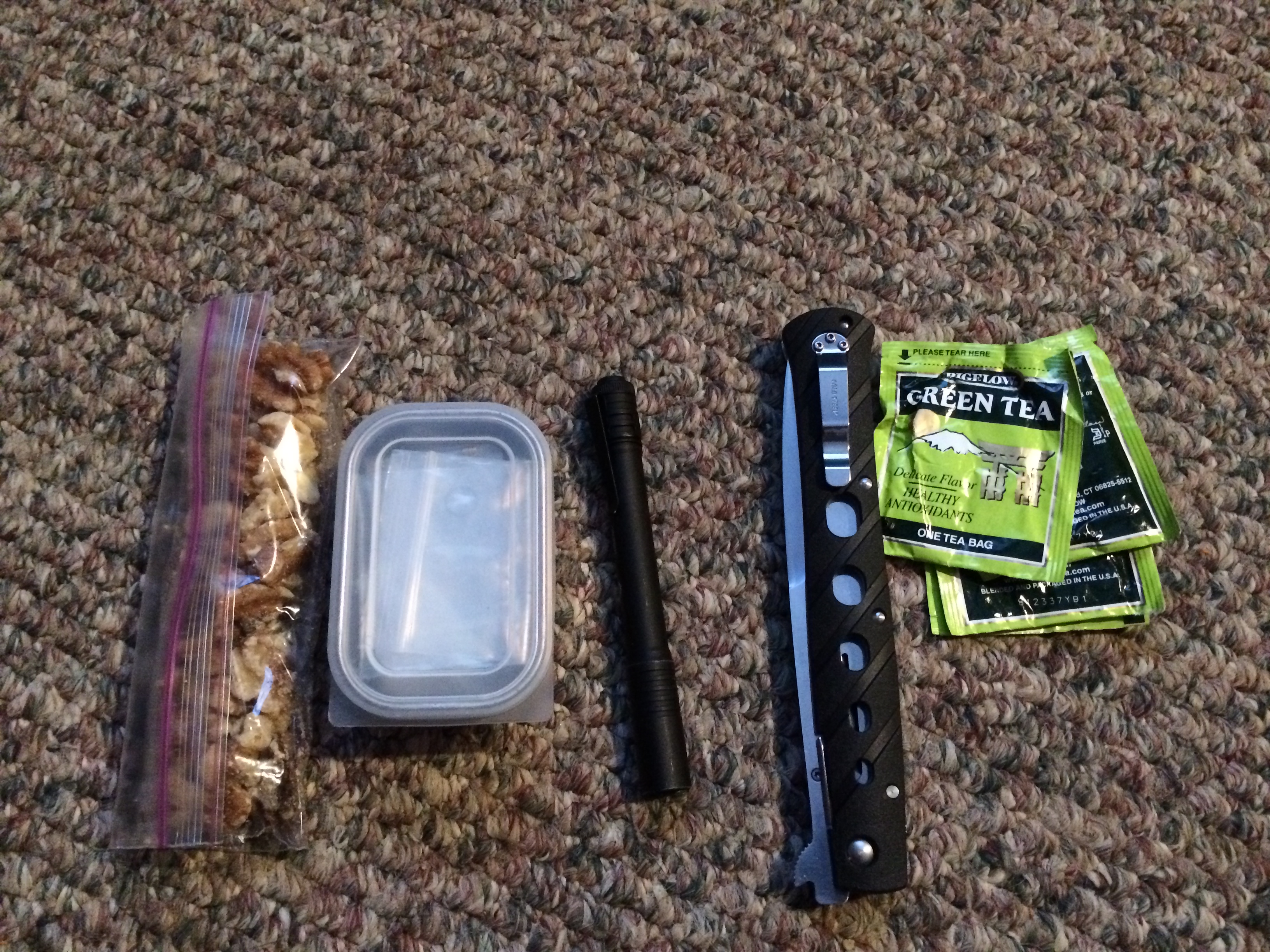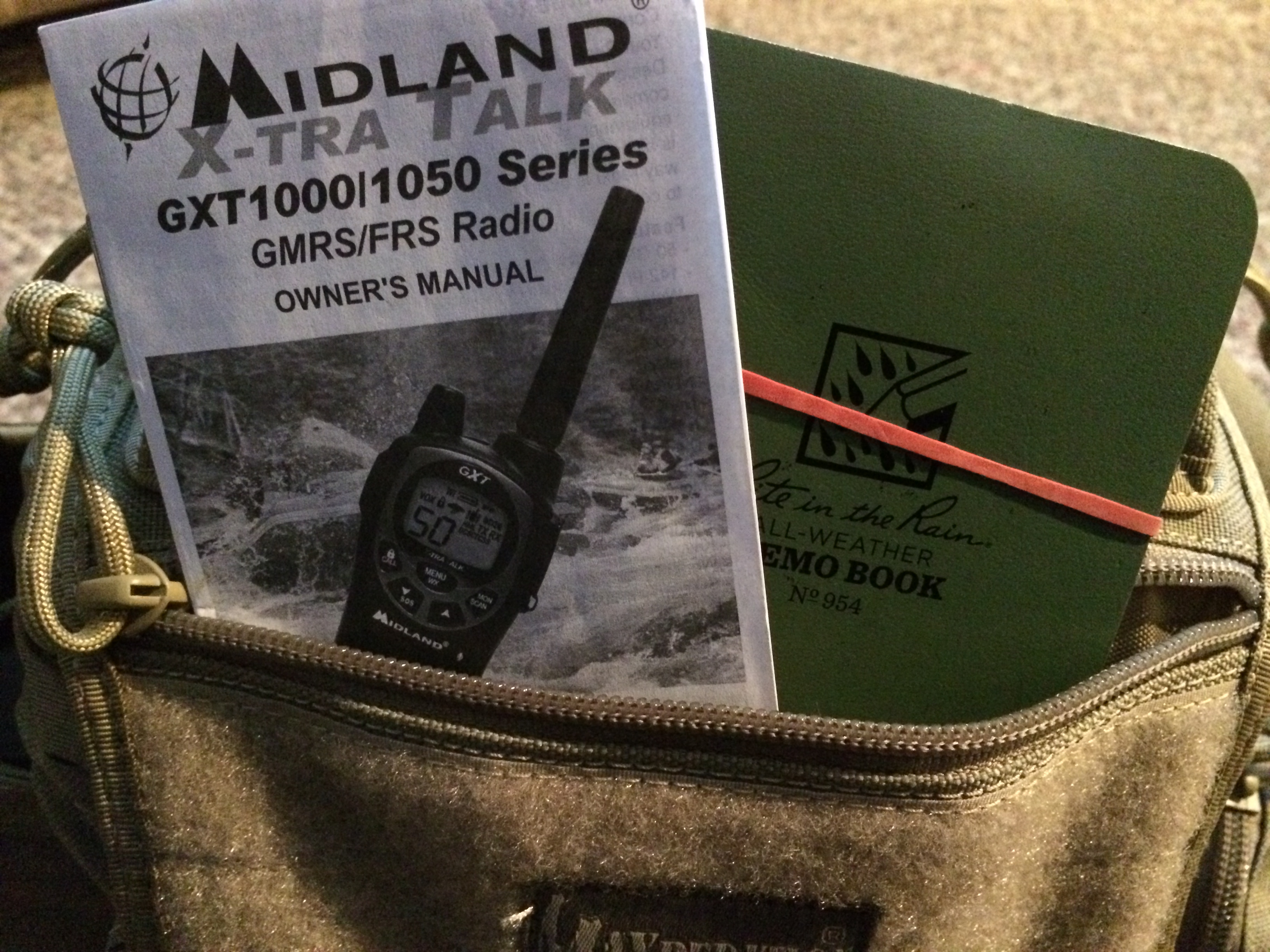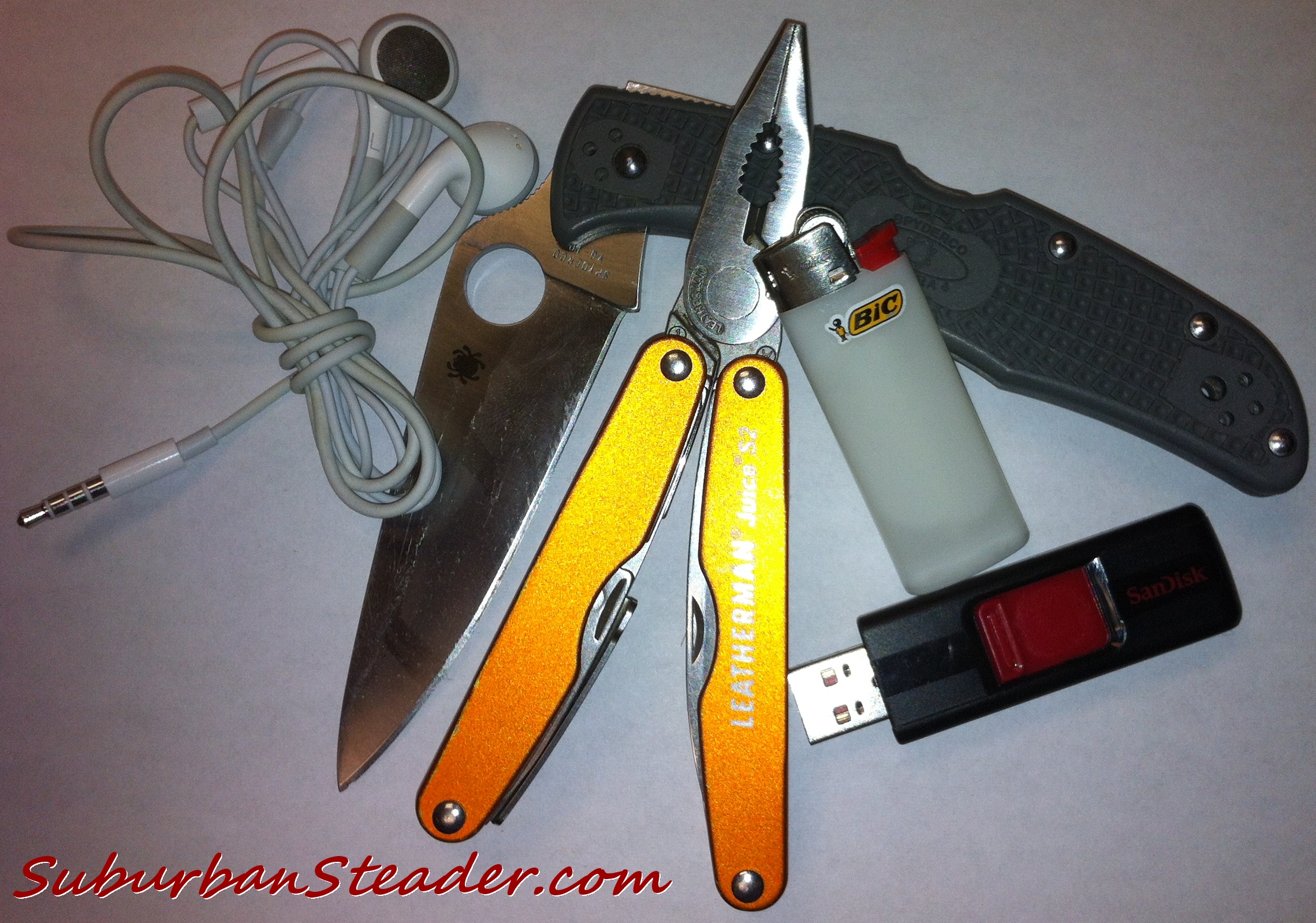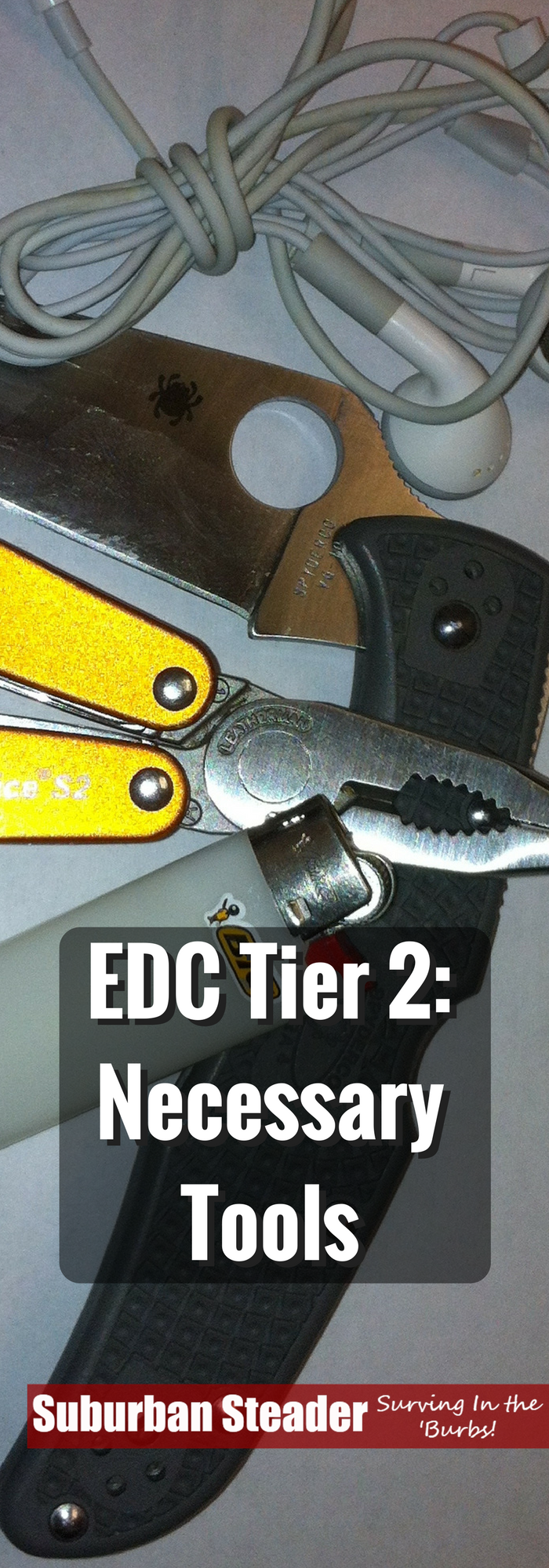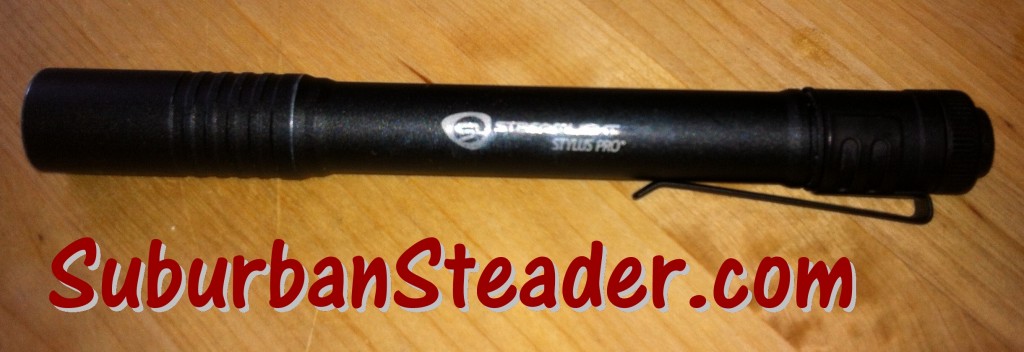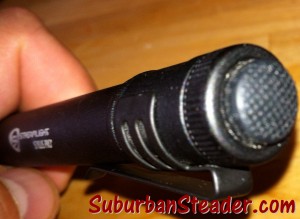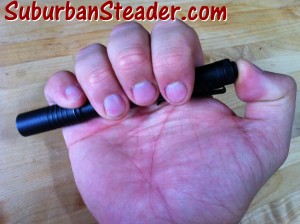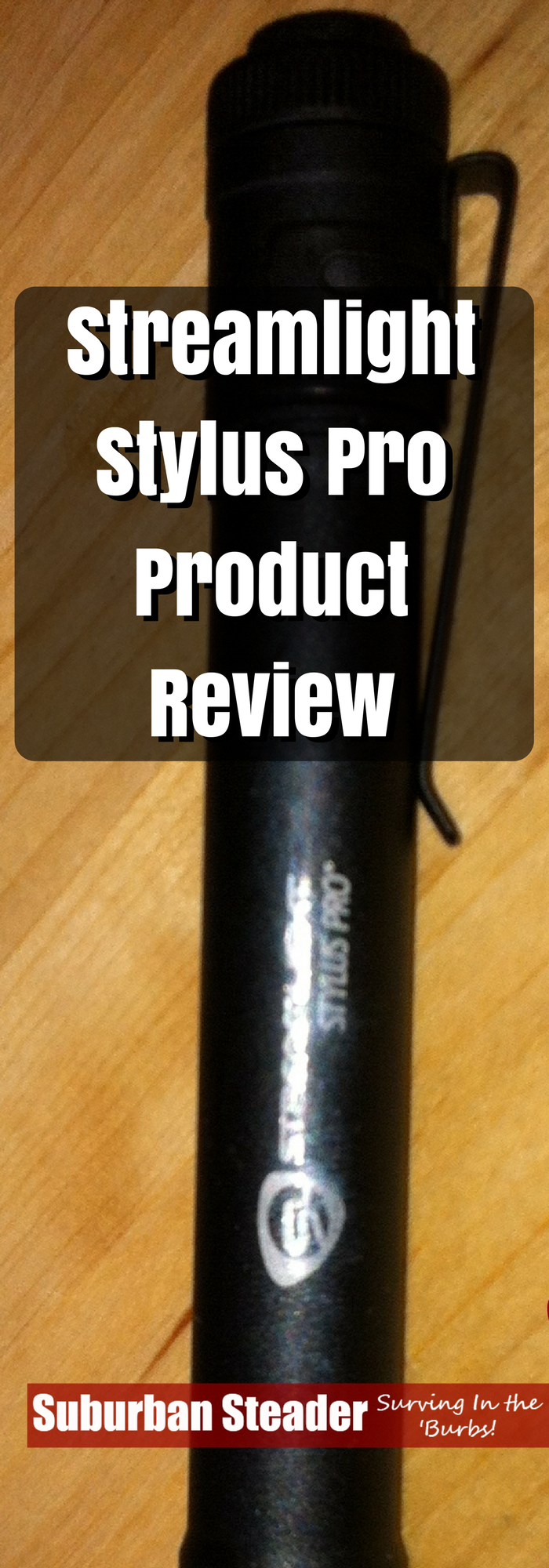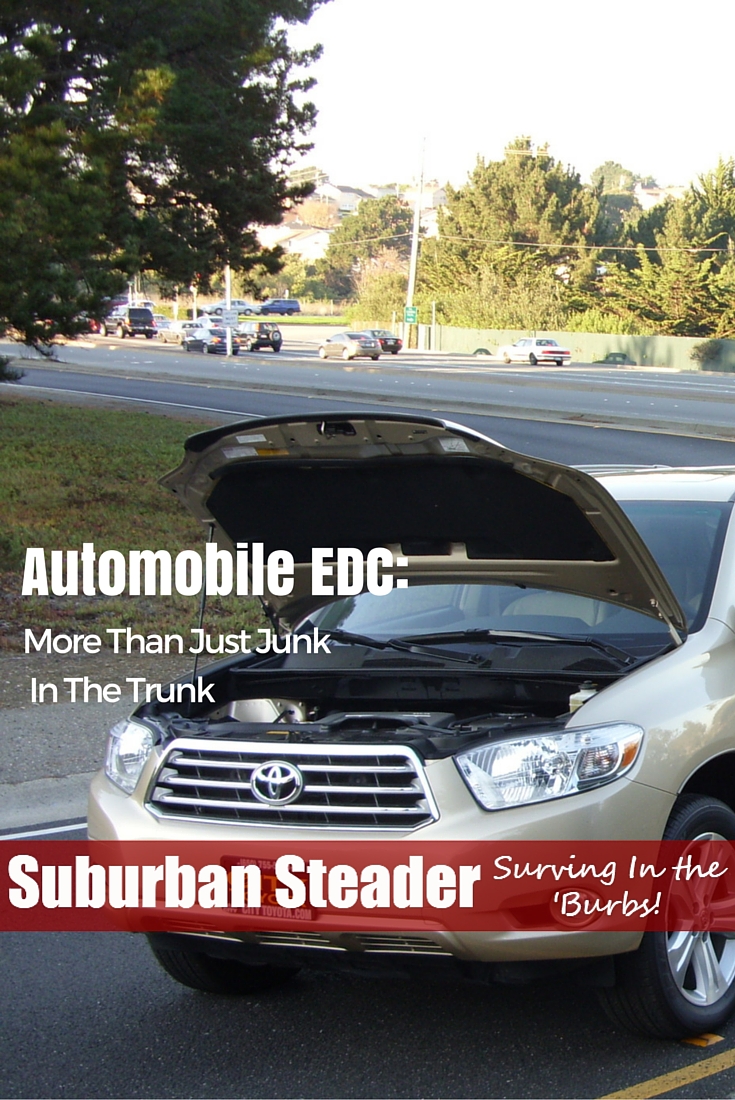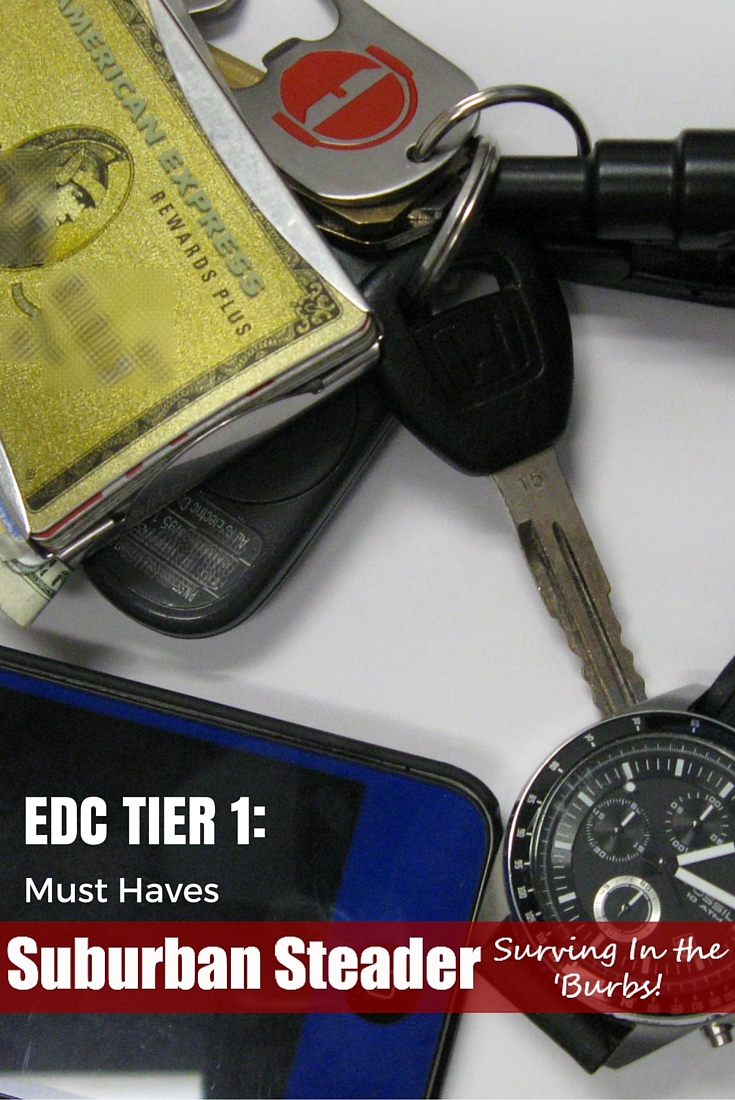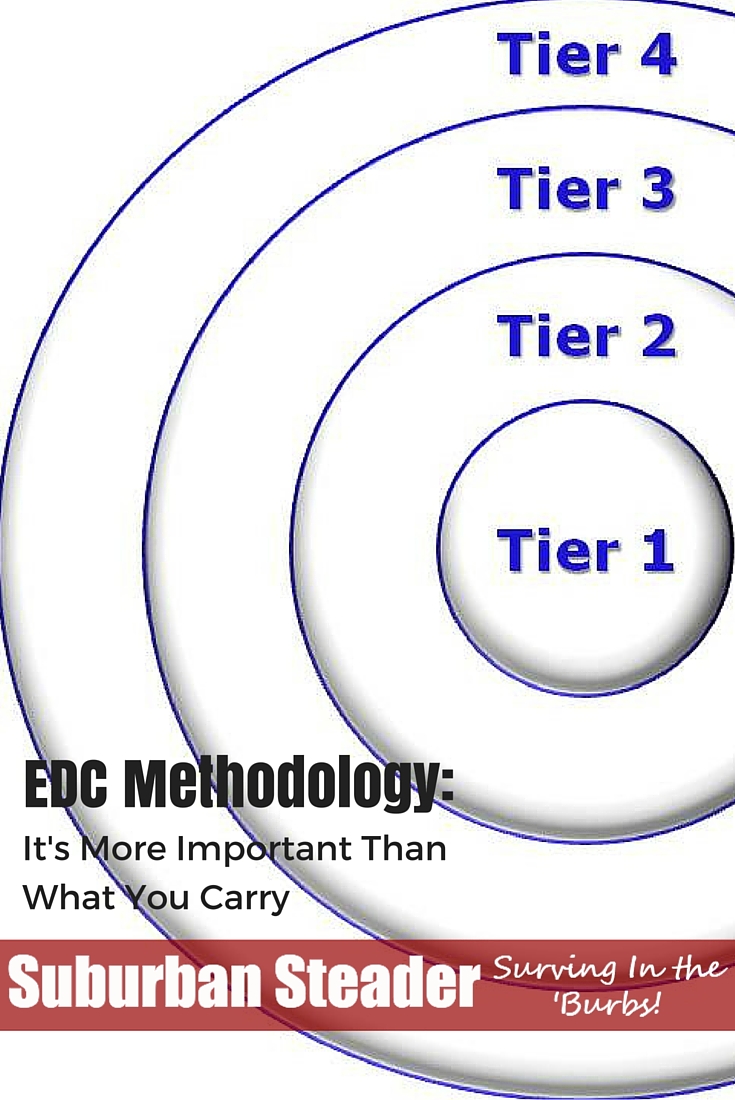Winter EDC Upgrade Overview
With the impending Snowmaggedon bearing in on the Northeast – well, that’s what the meteorologists would like you to think – I thought it was a good idea to do a little winter EDC upgrade to make sure I’m covered no matter what happens.
Winter EDC Upgrade Methodology
I’m fortunate in the fact that I only work twenty-five (25) miles from my house. In addition, my commute is through mostly populated areas – areas with restaurants, hotels, stores, etc – not to mention homes of friends and family. All that means that, even in a SHTF scenario, I only have a 25-mile maximum walk home.
I’ve taken this information into account while planning my winter EDC upgrade. The essential requirements for my kit are (in order): warmth, water, food and shelter. As I’ve discussed, shelter will be in relative proximity no matter where I’m stranded on my daily commute, even if it’s my car for the night, so I haven’t spent much time on it1. Warmth, water and food is where I put most of my effort.
Main Compartment
During normal weather conditions, I carry the following items in the main compartment of my Maxpedition Jumbo Versipack EDC Bag.
As you can see, it was very light on the warmth department. To preface this section, I have to note that I do keep an eye on the weather. If snow or cold weather is in the forecast, I dress accordingly – warm clothing, proper footing, protective coats and hat/gloves. What is in my EDC kit is in addition to what common sense dictates I should have on me. In order to increase the ability to stay warm, I’ve changed the contents of my main compartment to these items:
- Winter Hat – heat is lost primarily through your head, so this one is a no-brainer2
- Wool Socks – important to keep those feet warm; no one wants frostbitten toes3
- Radio w/earpiece – allows you to keep in touch with folks and also has weather stations to keep up with reports
- Goggles – Ever tried to walk through blowing snow? My eyes will thank me for these
- Balaclava – If it’s very cold, I’ll be able to keep my head and face warm; no frostbite on the nose
- Gloves – Cold hands are never fun4
- Glove Liners – Ideal for those colder days
- Fleece Pullover – An additional layer to keep me warm
I’m fairly confident that these winter EDC upgrade items will keep me warm even in the worst of scenarios.
Side Compartment
The side compartment is stayed pretty much the same with a flashlight and compass. I also threw in a pair of iPhone headphones (the ones with the mic) so that I can send/receive phone calls (assuming the grid is still up) while keeping the phone tucked away as much as possible. I’ve found (through numerous snowboarding trips) that keeping my iPhone in the cold reduces its battery life faster than if it’s tucked into warmer areas of my clothing. When I don’t have my work bag on me, my Altoids kit also goes in here.
Front Compartment
My winter EDC upgrade involved slightly modifying the front compartment of my EDC bag. I already had a large folding knife, some tea, a County Comm EDC Kit and another flashlight. The tin that the County Comm EDC Kit comes in could act as a cup for boiling water if necessary. In addition to these items, I’ve added some food – walnuts and almonds. I don’t need much to last me, although I have thought about adding a different water container (one with a cup for boiling water) and a small Mountain House bag for one meal.
Flap Pockets
The flap of the Maxpedition Jumbo Versipack has two pockets – one on the top and one on the flap. In the flap, I have a Write In The Rain notebook5 and the manual for the handheld radio I carry. I carry my fire kit in the top compartment. I really don’t expect to use it, but if I get stuck in the car overnight, it may come in handy to start a fire both for warmth and state of mind.
Conceal Carry Pocket
Due to the wonderful restrictions placed upon us in the People’s Republic of New York, I cannot legally use this pocket for what it was intended for. Instead, I occasionally carry a larger notebook in it. And there’s always a bandana in there despite the fact that there’s always one in my pocket. I did not change anything on this pocket during my winter EDC upgrade.
Conclusion
I’ve transformed my EDC bag from a warm weather bag to one that will help me survive almost any cold weather scenarios. I suggest you perform a winter EDC upgrade on your gear now that winter has fully set in.
What will you carry? Let us know in the comments or on Facebook!
NOTES:
1. My EDC gets updated slightly if I’m taking a longer trip
2. I also keep a heavy wool hat in my car
3. I also keep a heavy pair of boots in my car – important when you wear dress shoes to work most days
4. I also keep two pair of heavy winter gloves in my car
5. I always have a been on my person
